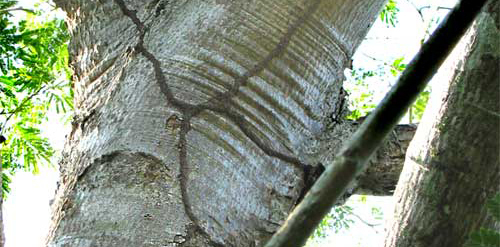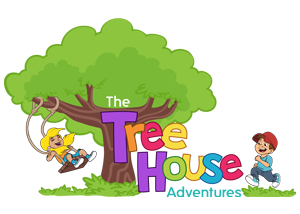Termites in Trees
Termites, also commonly called White Ants, are not ants at all.
Scientists have classified all life forms into different groups to help identify which organisms are related.
These groups have been given names (usually derived from Greek or Latin) which usually describe some aspect of the animals in the group. While there are many groups for each animal [or plant], the groups called orders distinguish various types of insects.
The group (order) for termites is called Isoptera, and termites are the only member of this order. Ants though, belong to the order Hymenoptera which includes bees and wasps.
This shows termites and ants are not related.
There are some different types of termites, however, those that concern Arborists are Subterranean (underground) and Arboreal (a mud nest in a tree).
Subterranean termites are the most destructive to trees, as they hollow out branches and trunks. They may not be found until a branch falls from a tree. This creates a very high risk potential around areas of high use such as schools. These are the termites which invade and damage houses.
Arboreal termites are not as destructive as subterranean termites, as they build external mud nest which can be seen from the ground. These termites generally feed on decaying plant matter, and are an indicator of a tree’s declining health.
Controlling termites in trees can be difficult, and removing the tree is often the only option.
Using wood chip from a tree infested with subterranean termites can cause a new colony to begin which may damage the owner’s house.

The information found on this page was professionally written by Stephen Williams (AQF5 Arborist) also known as our character Stephen The Tree Surgeon.
Learn about Why we need Trees!
Read about the many benefits us as humans, animals and the environment get from having trees around. Why do we need trees to breath? Why do we need trees to survive? Trees provide us with the oxygen we breath, shelter for humans and animals which cools us down, fruits and nectar for food and the many uses there are for timber of which we can build houses, furniture and fence panels. Did you know trees can be 100% recycled?






